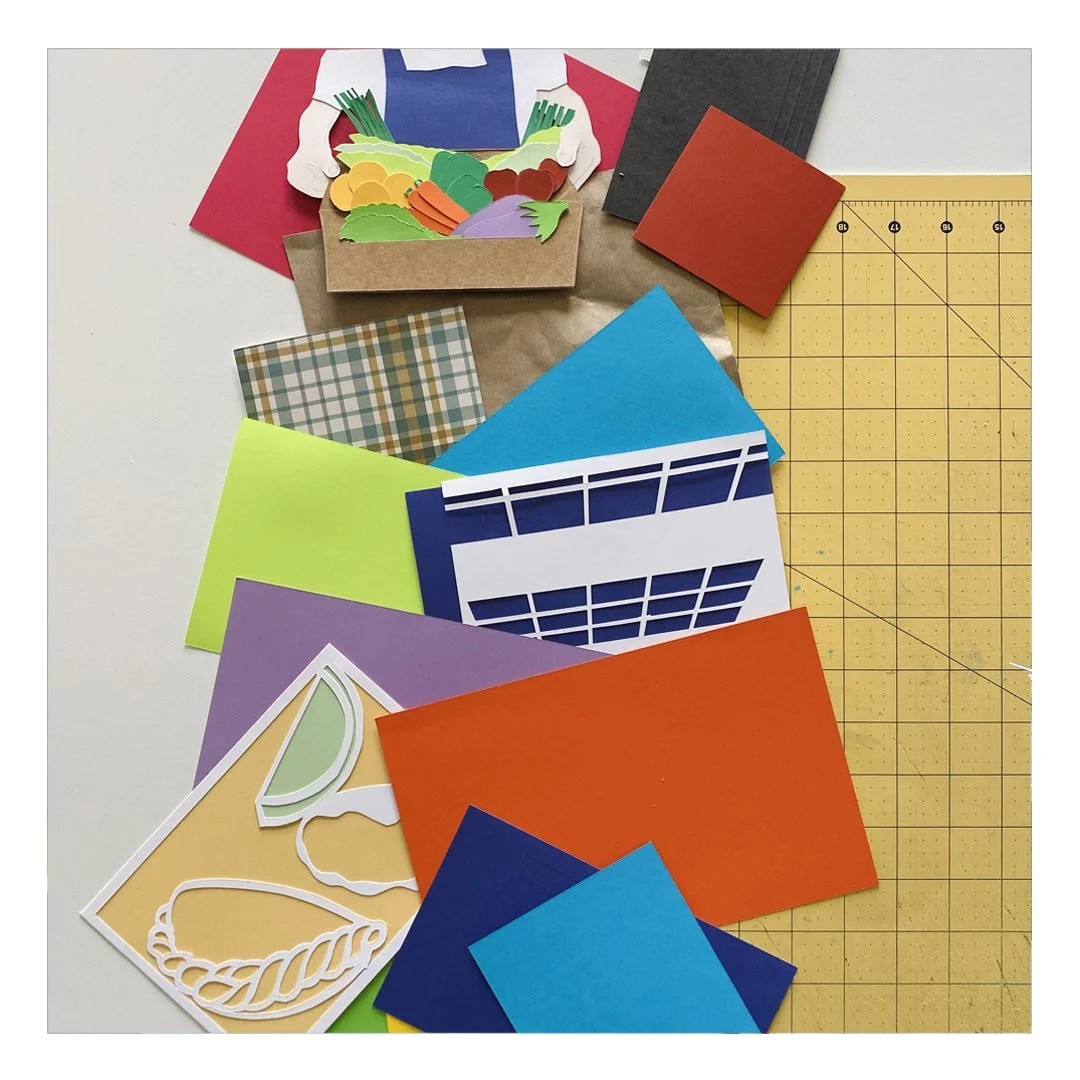Hello, this is P
P is [Place]
Place is “a physical environment”, “an indefinite region”, “a building, part of a building”—Merriam-Webster
Place is about “Public Space”—Fred Kent
Place is “a named entity with human habitation are classified as Populated Place”—U.S.Geological Survey
Place (CDP) is “either legally incorporated under the laws of its respective state or a statistical equivalent that is treated as a census-designated Place.”—U.S. ensus Bureau
Place (Pl.) is “a road or street that has no throughway (basically a dead end)” — Vox/Youtube
P is [paper]
Paper is a thin material traditionally made from milled plant and textile fibers. The first paper-like writing material was papyrus in Egypt, and the earliest documented paper-making was in China during the Eastern Han period.
Papercutting art may date back to the 4th century in China, after the paper material was colored and became more accessible. Papercutting is also a common art form in other parts of the world, from Southeast Asia to Slavic and European countries.
While paper might appear to be such a feeble and delicate material, it has a long history as an architect's favorite companion. Many architects rely on paper to dialogue their ideas before they come to fruition. Many of their projects remain "on paper".
On the other hand, ever since scientists discovered that greenhouse gas emissions affect global temperatures, the building industry has undergone a paradigm shift. People not only focus on the durability of the material, but also on its life cycle and aggregated emissions from extraction till its waste stage.
Architects like Shigeru Ban and others used paper tubes and cardboard to create habitable structures, have opened another dimension for this ancient material- paper. This transformation creates a new set of economic opportunities while providing us with a new lens to enter the sustainability realm.


